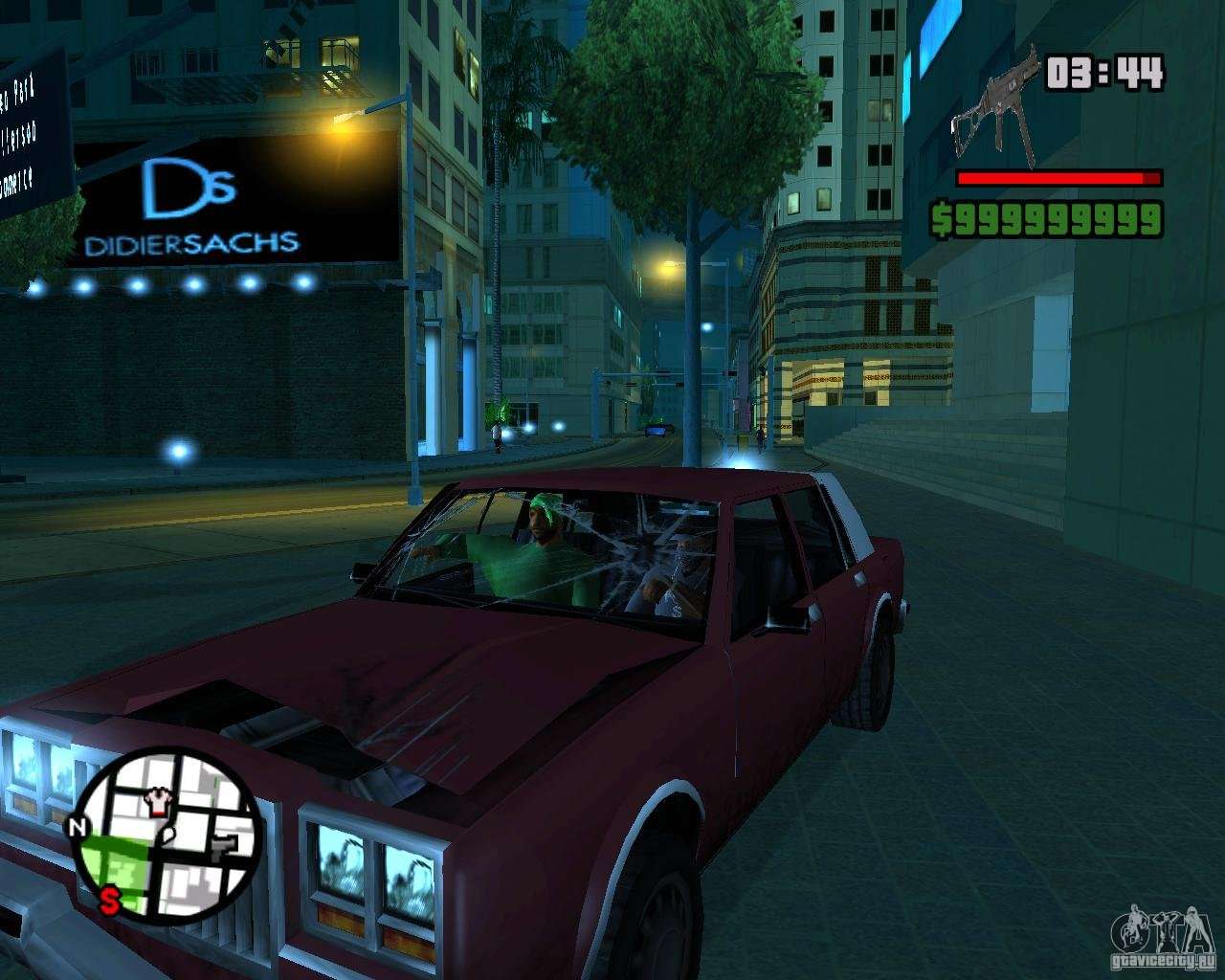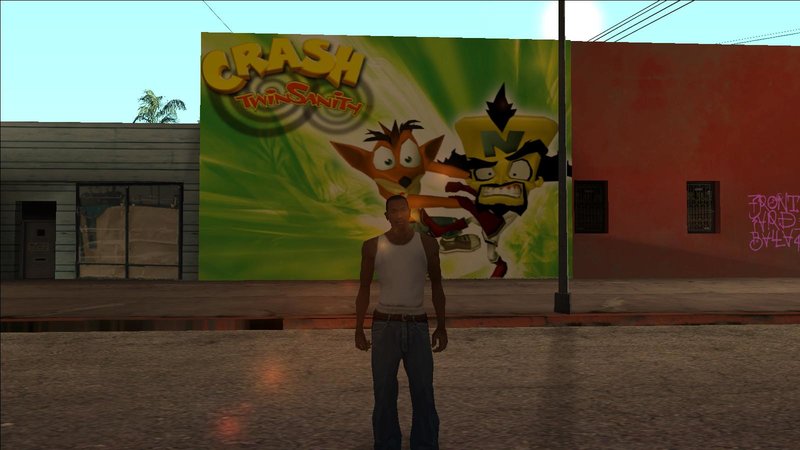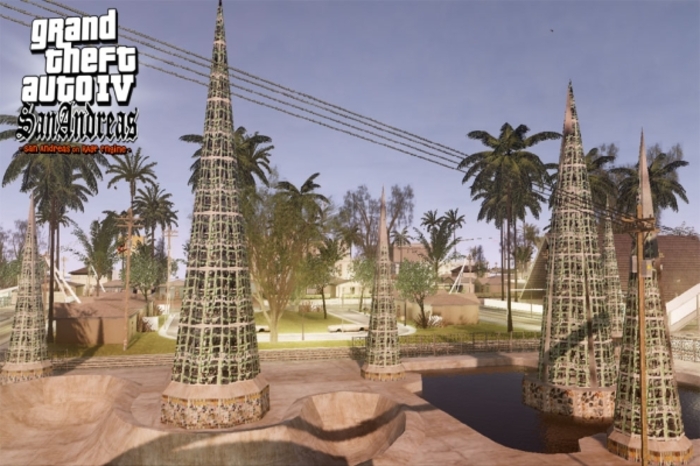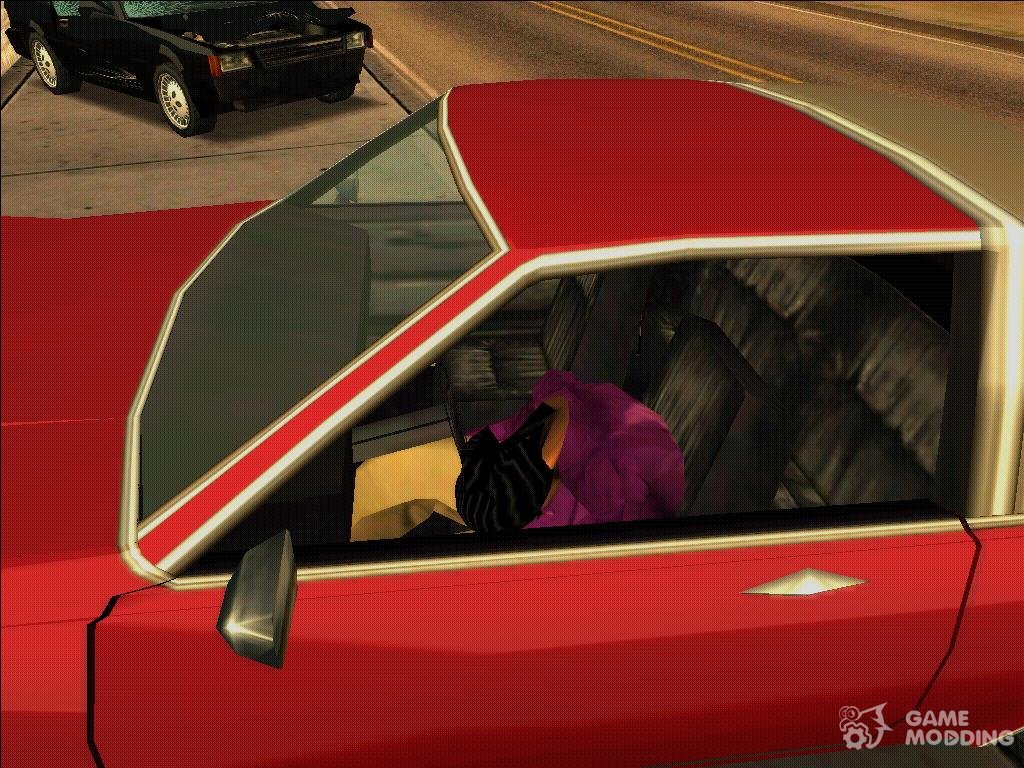


Unlike the 3D Universe games (excluding popped tyres), a vehicle's performance degrades as its damage is increasingly severe. The games are also capable of accurately visualizing portions of vehicles which are damaged using collision detection each vehicle is divided into sections that are visually represented as either undamaged or damaged: GTA features six such sections (on four corners and two sides) and GTA 2 has four (on four corners). Vehicles in Grand Theft Auto and Grand Theft Auto 2 can be destroyed via high speed crashes, gunfire from firearms and drops into water, features which are still present in all later games. Tanks and certain armored vehicles are also naturally highly resistant to damage and are invulnerable to certain forms of destructive forces, such as collisions. If a player is not proficient in driving or has not properly planned their path to their destination, choosing a vehicle may become a hindrance if the player is trying to complete a mission within a time limit or escaping from pursuers.Ĭertain missions and tricks throughout the series can create a damage-resistant vehicle, which include resistance to bullets, explosions, physical collisions, and fire. The high performance of certain vehicles may be offset by a weaker body, while a slow, heavy vehicle may be far more resilient to damage. In addition, the manner in which damage is depicted in-game has changed as newer game engines are used.ĭamage resistance should be considered when selecting a vehicle for a task. As the series progresses, the variety of damage increases, offering additional ways in which vehicles can be destroyed.

If a vehicle is damaged enough, it can burst into flames and explode afterwards, rendering it useless.

Throughout the series, most vehicles are susceptible to damage from the environment, typically in the form of crashes, gunfire, or other external forces, providing a certain degree of realism and illustrating the vulnerability of vehicles in the series.


 0 kommentar(er)
0 kommentar(er)
